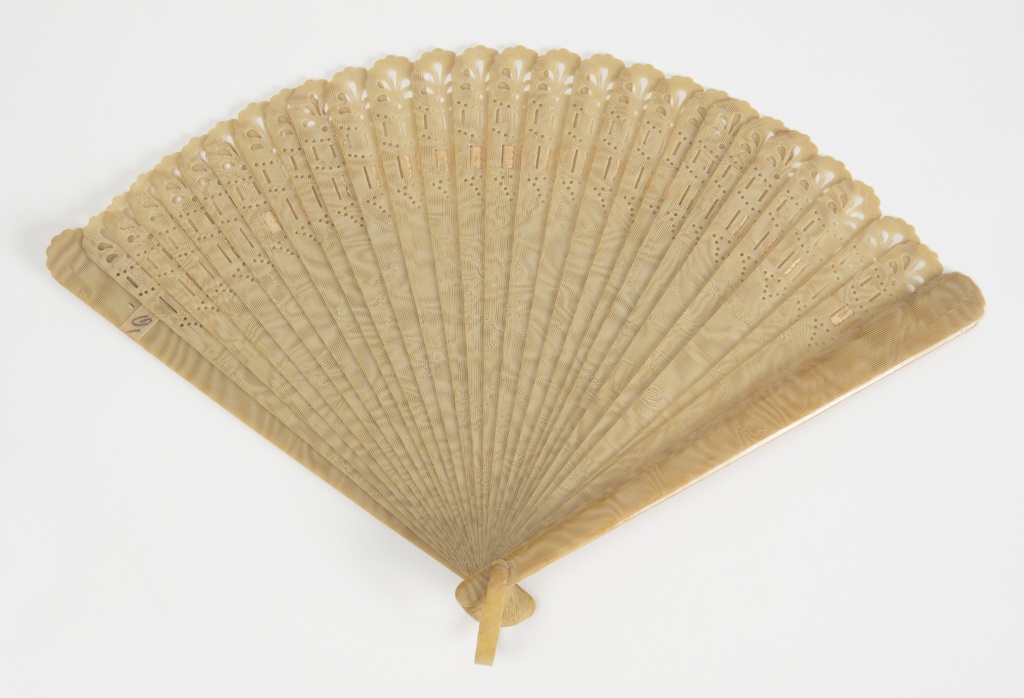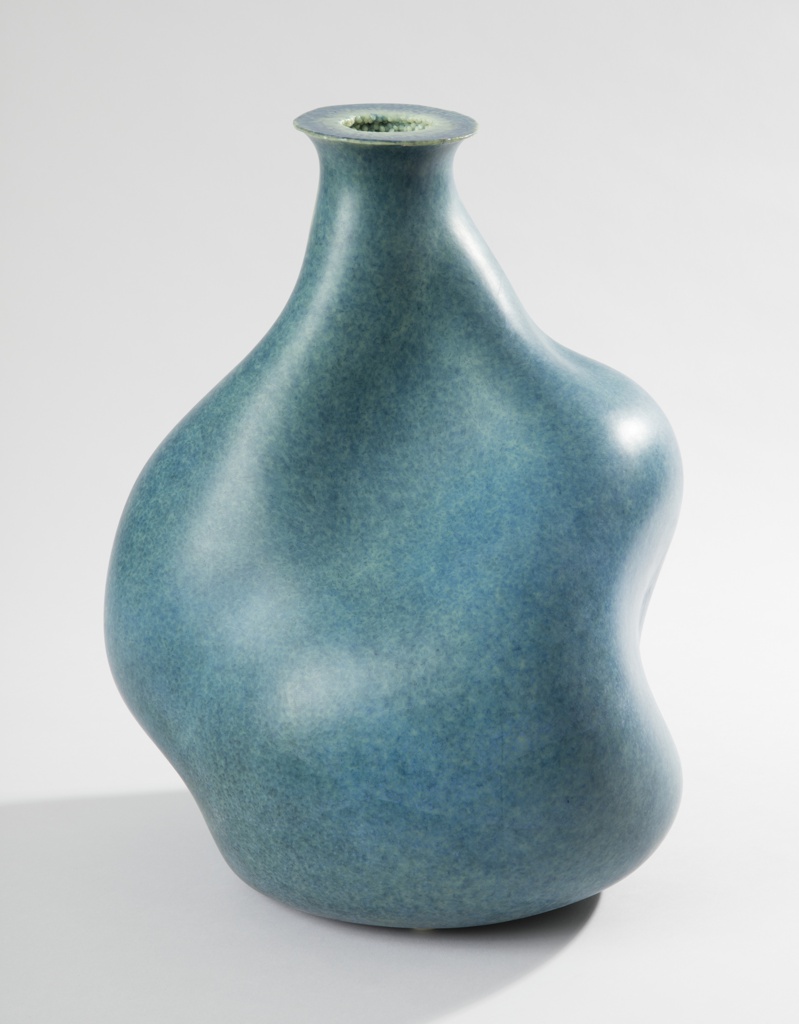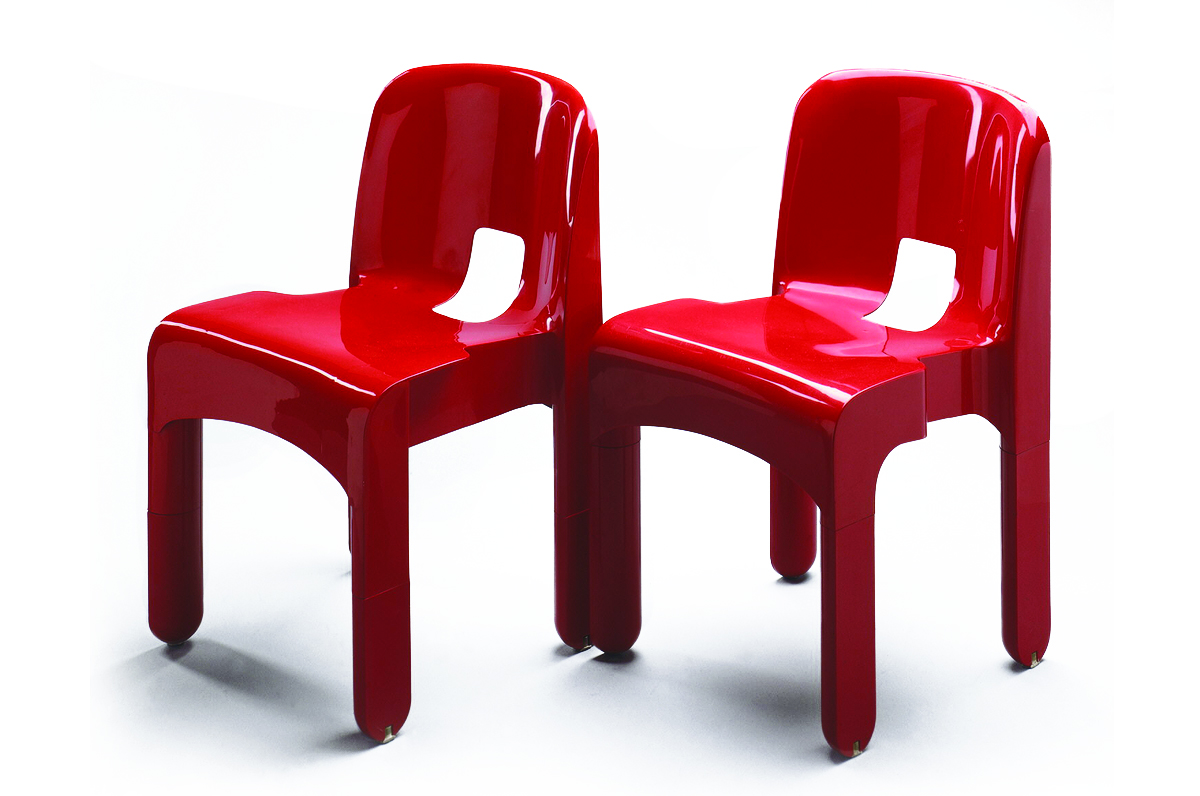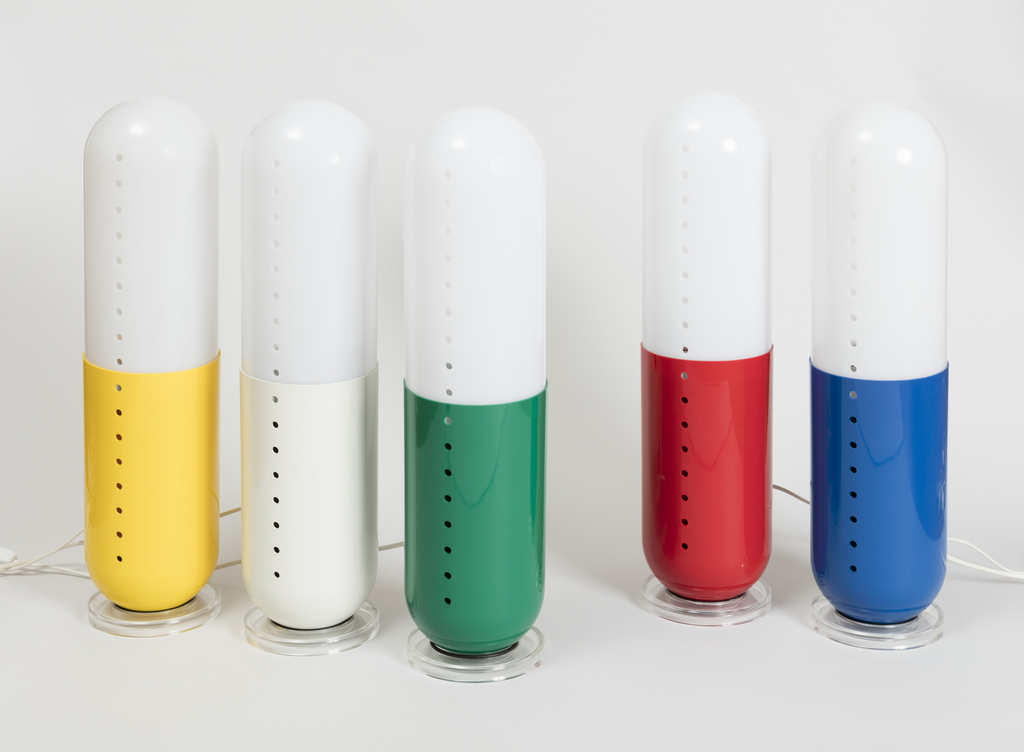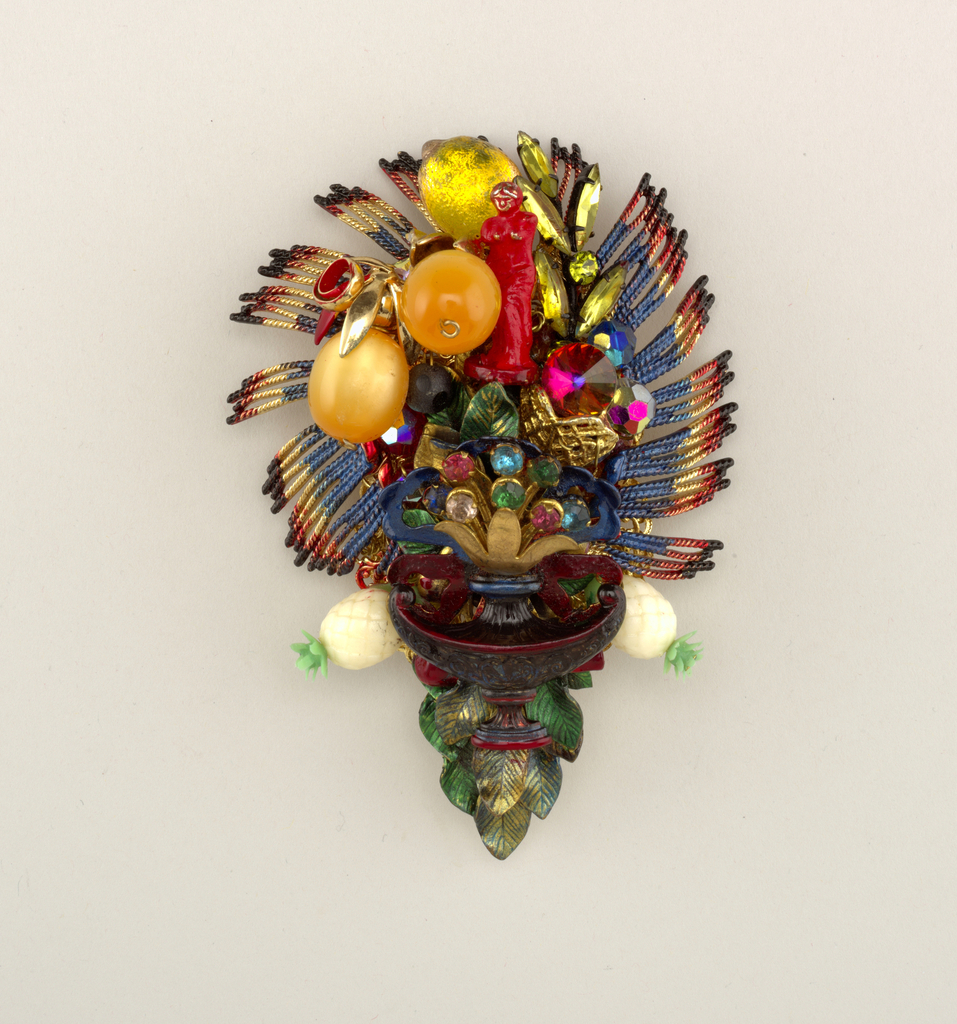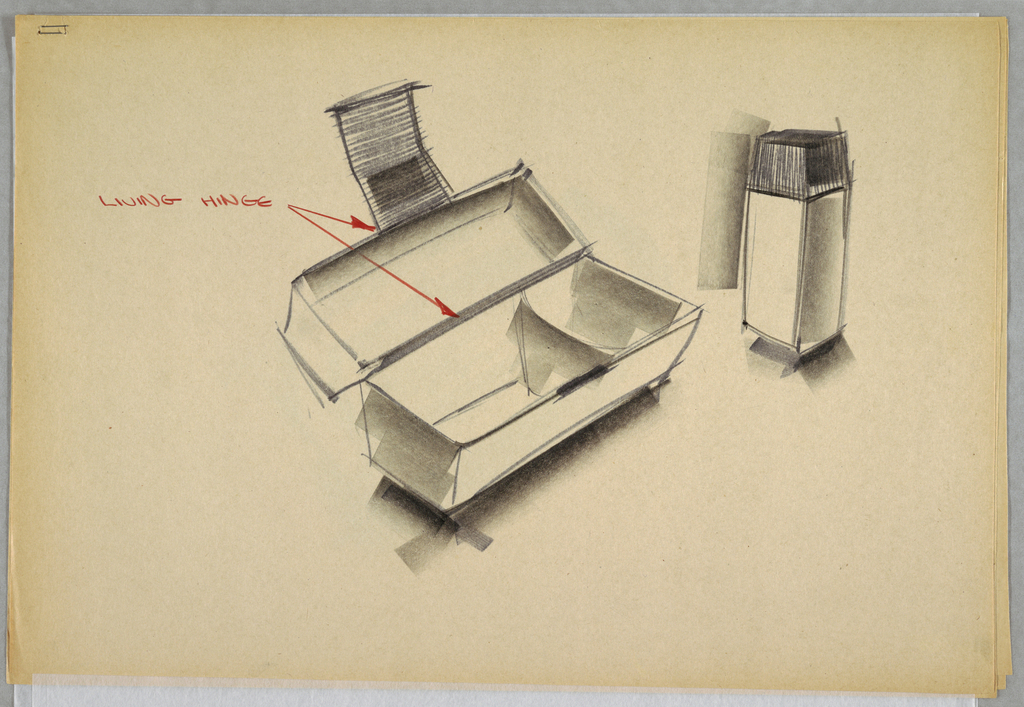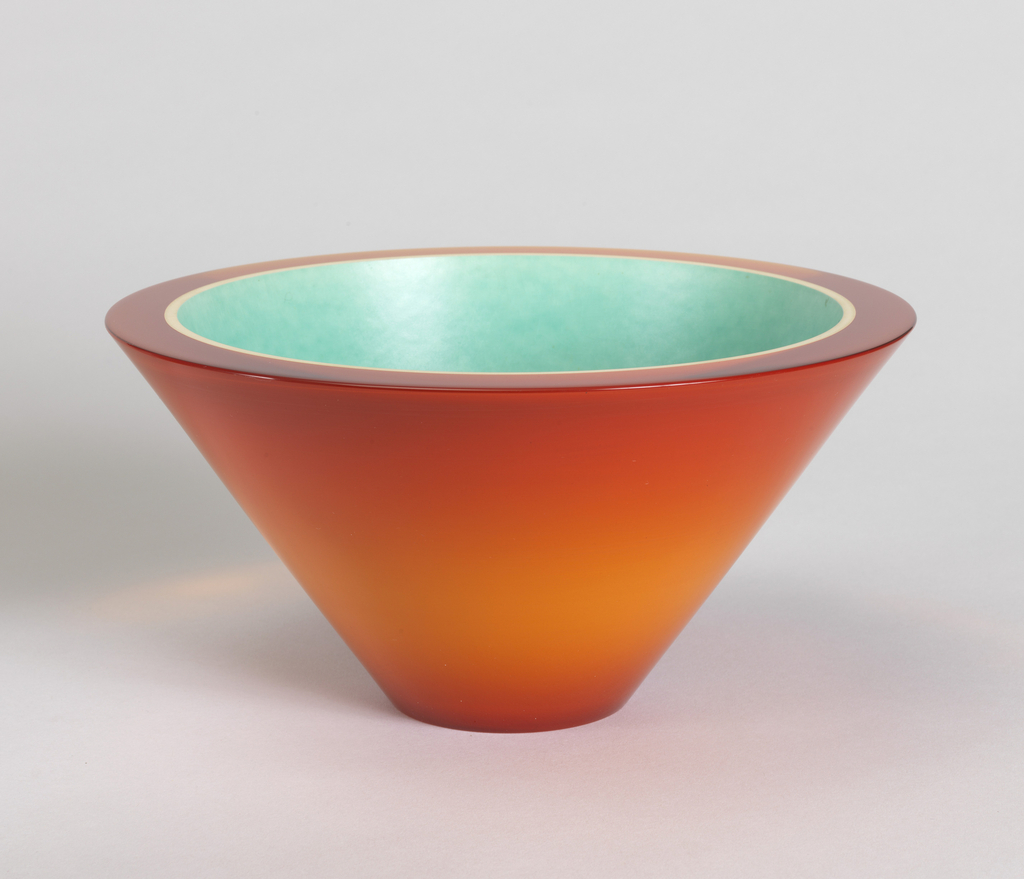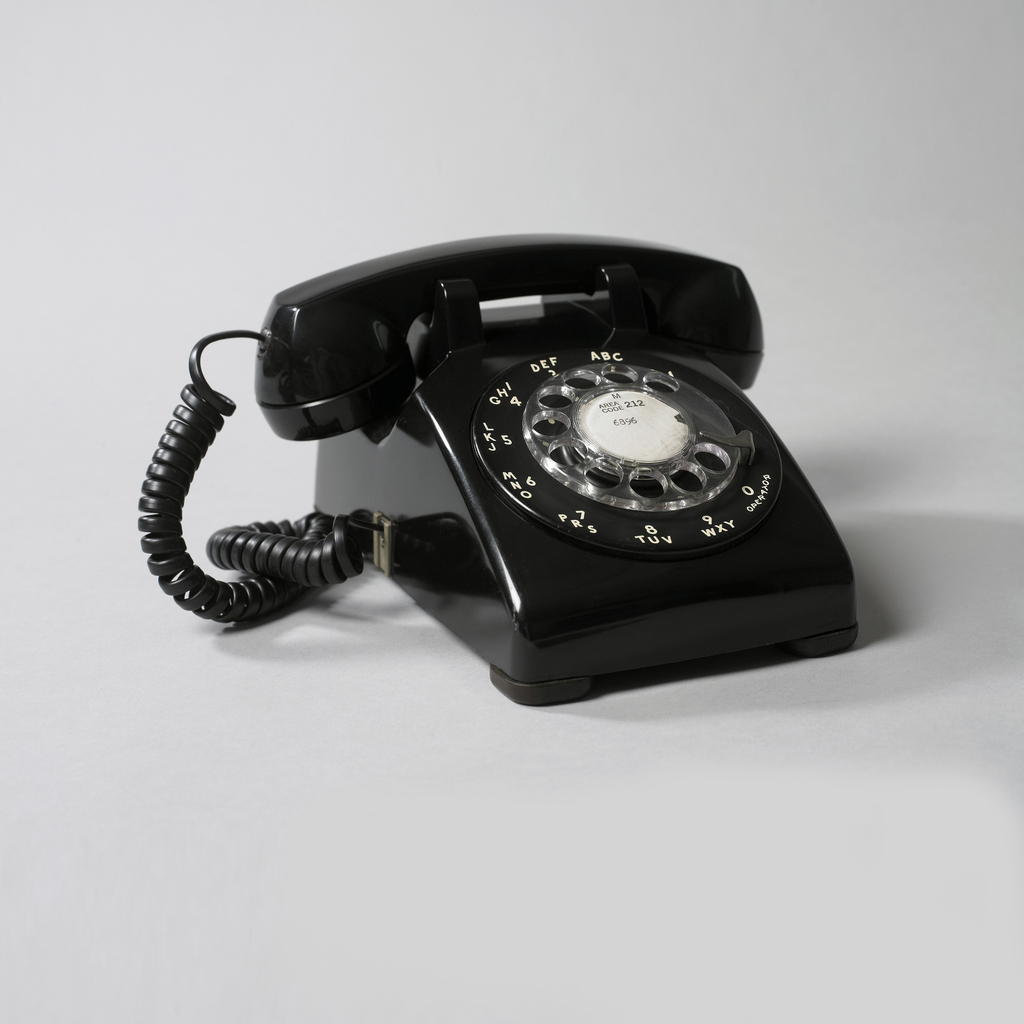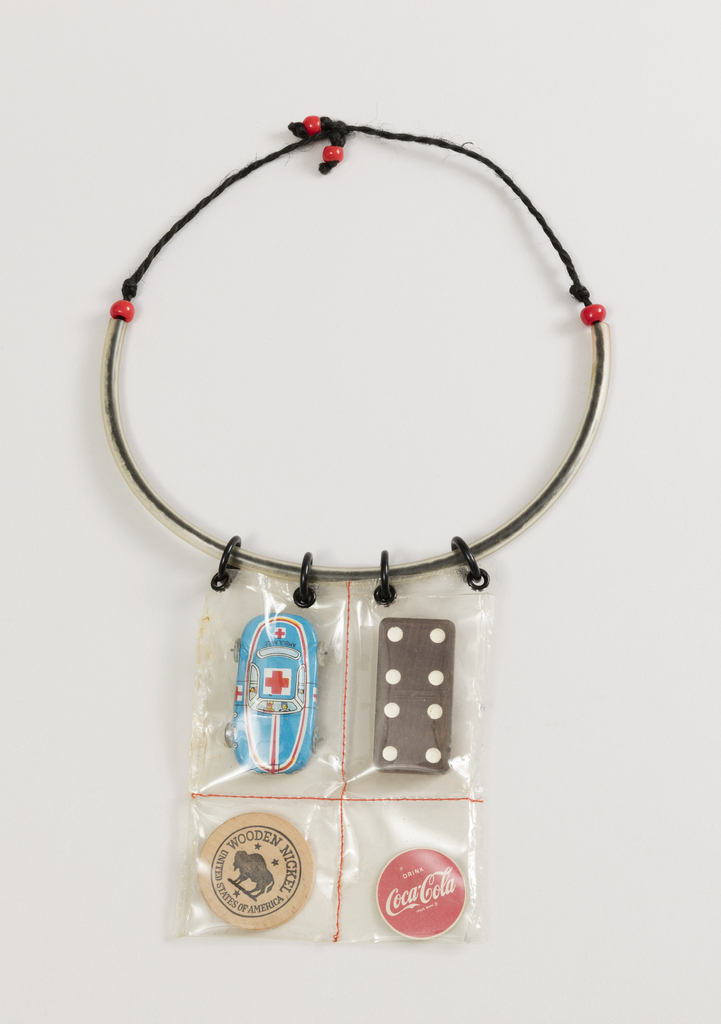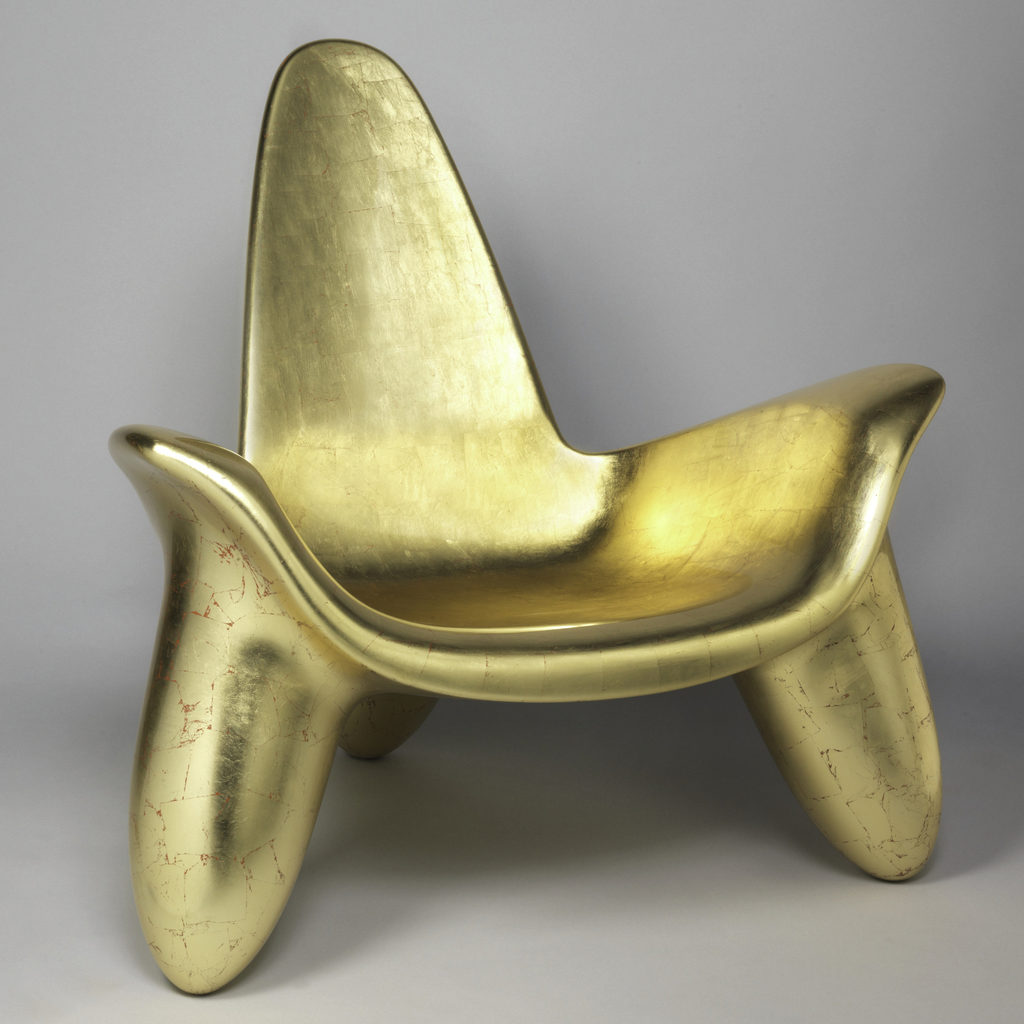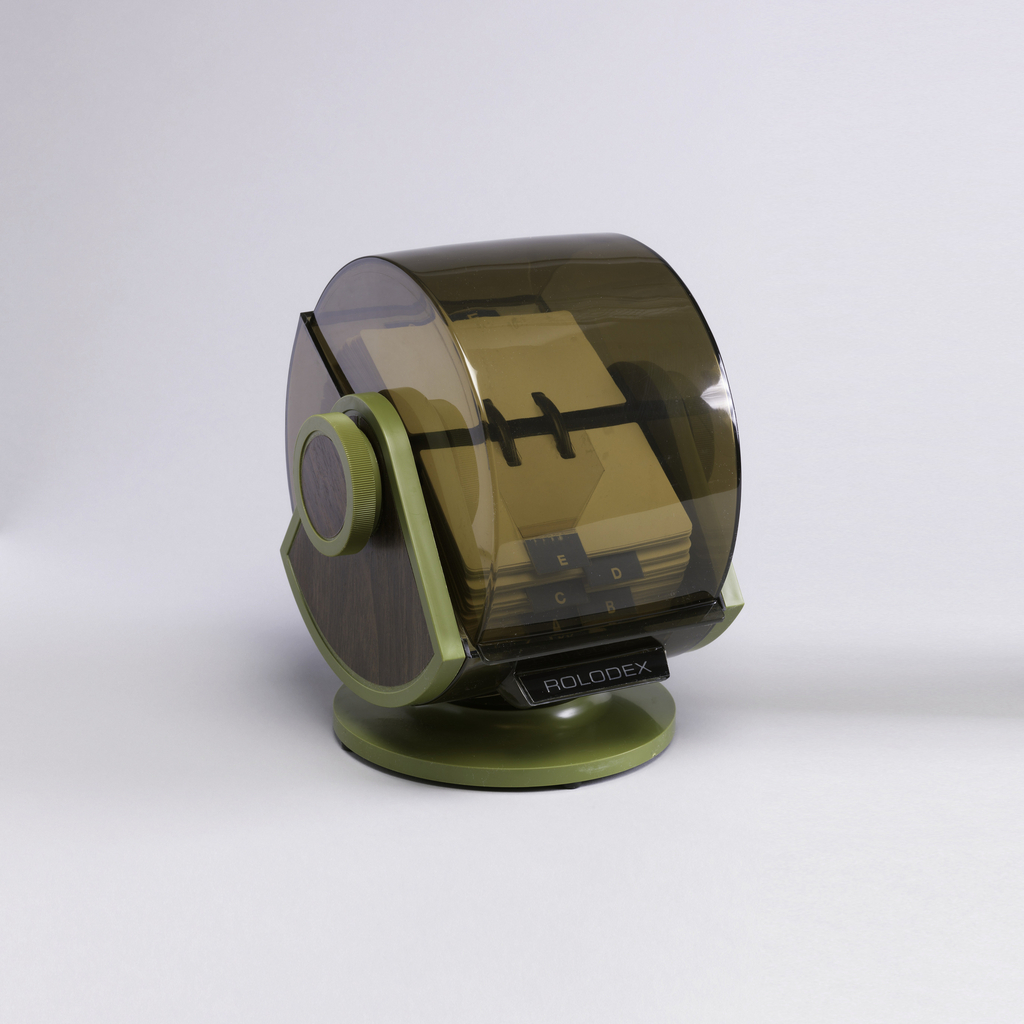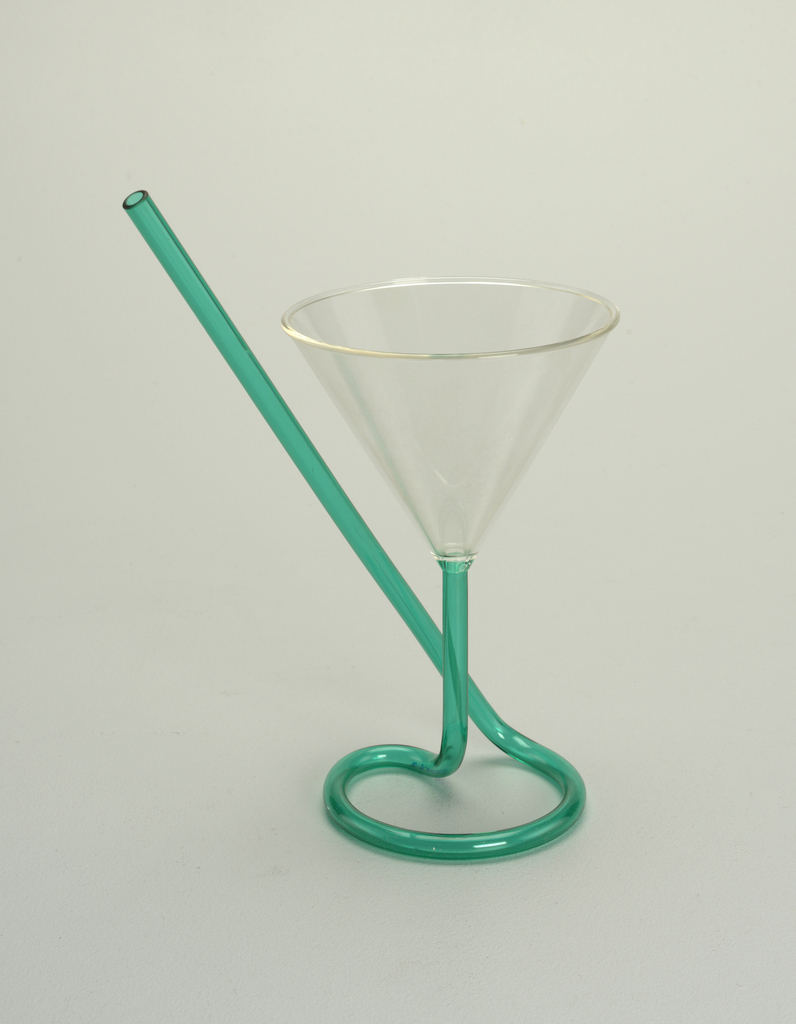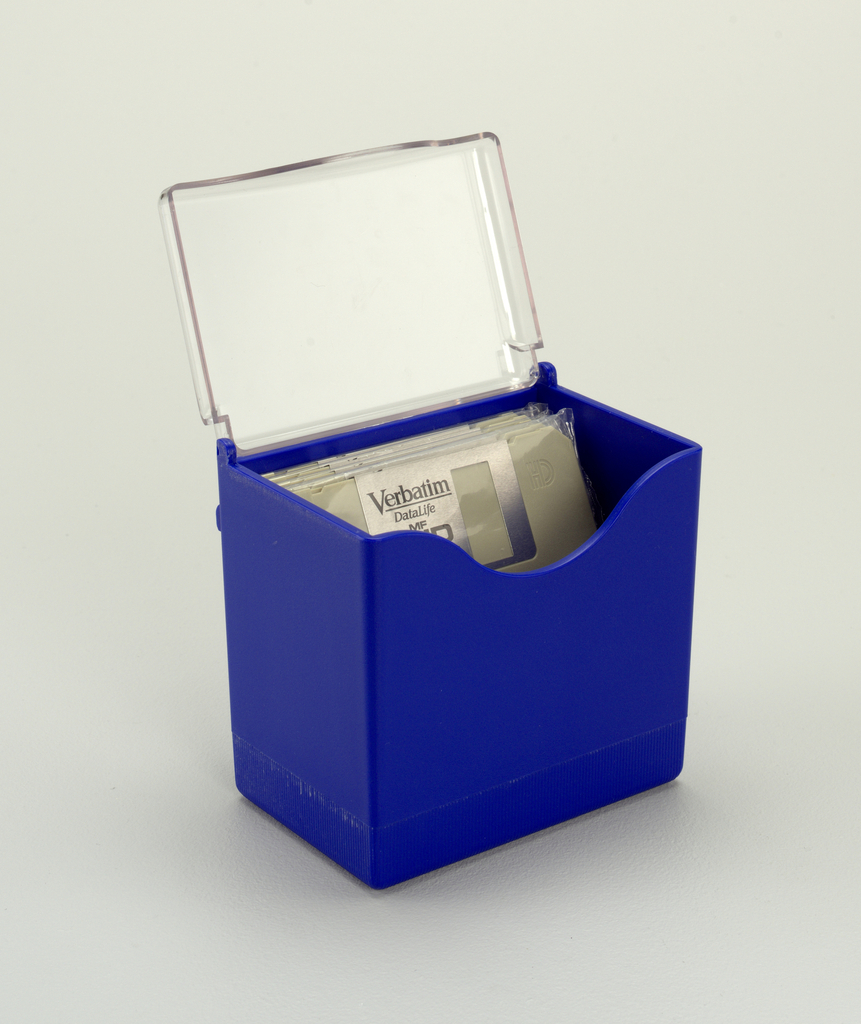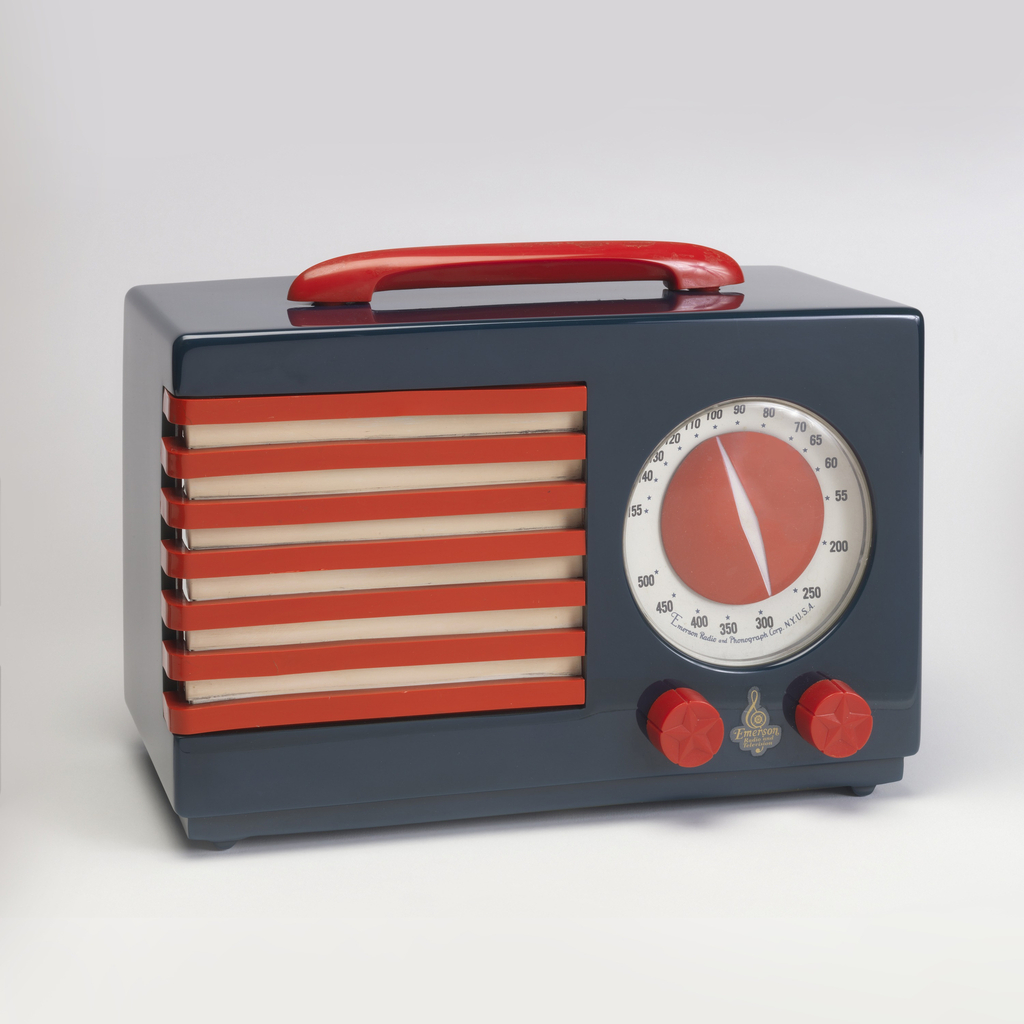This fan is in “good” condition for cellulose nitrate and therefore a rarity. Cellulose nitrate is an early plastic polymer invented in the mid-nineteenth century and derived from cellulose that is treated with nitric acid. The material gradually degrades, releasing nitric acid. This fan documents a time of experimentation when substitutions for costly natural materials,...
Designers Rutger de Regt and Marlies van Putten, the principals of Handmade Industrials, are both inspired and concerned by today’s production processes that are increasingly driven by computers. They ask, are we reducing or removing the presence of human experience and experimentation in manufacturing? Are we losing touch with our environment—is it becoming increasingly artificial?...
Design scholar Penny Sparke traces the history of plastic since the nineteenth century and through modern design of the twentieth century—and notes how the material became one of the largest challenges facing the world's environment today.
Revealing the importance between Pop Art and design, Cesare Casati and Emanuele Ponzio’s Pillola lamps designed in 1968, are representative of Italy’s anti-design movement of the mid-1960s and 1970s. Challenging notions of “good design,” the anti-design movement took its cues from Pop Art’s use of bright colors and banal subject matter. The Pillola lights culturally...
In celebration of Women’s History Month, March Object of the Day posts highlight women designers in the collection. The Venus brooch by Judy Onofrio radiates with a splash of color and a sense of humor. Reminiscent of fruit-topped headdresses seen in old movie musicals, the form is decorated with tiny found fragments–plastic beads suggesting oranges,...
If you’ve ever taken a moment to investigate your shampoo bottle, pill organizer, or Tic-Tac box, you may have noticed the thin, flexible piece of plastic connecting these containers to their lids. This often-overlooked component is the living hinge, an innovation that helped boost plastic’s popularity and versatility. In the broadest sense, “plastic” simply denotes...
This bowl sends a colorful optical jolt by balancing complementary hues; the red-orange of the exterior against the turquoise of the interior. The interplay of the warm red-orange and the cool turquoise results in visual excitement as the eye shifts back and forth between the two. Adding to the interplay is the juxtaposition of the two...
In celebration of The Senses: Design Beyond Vision, this Object of the Day post takes a multisensory approach to an object in Cooper Hewitt’s permanent collection. Jelly candies in the form of fruit? Toys for children? Miniatures? This whimsical and colorful object is actually a button made of celluloid plastic. In an open-topped crate, a...
In celebration of our new exhibition, The Senses: Design Beyond Vision, this Object of the Day post explores the multisensory experience of an object in Cooper Hewitt’s permanent collection. Today’s blog post was written by Cynthia Trope and originally published on March 7, 2013. If you grew up in America in the mid-1950s – 1980s, you no doubt...
In celebration of Women’s History Month, March Object of the Day posts highlight women designers in the collection. This necklace was made by Ramona Solberg in the early 1970s. It was in her private collection, and until her death she was its only owner. The pendant is a simple interpretation of reliquary jewelry which usually...
The celebrated American designer Wendell Castle was known as the "father of the art furniture movement."
As a portmanteau for “rolling” and “index,” the term “rolodex” has entered the English lexicon to mean a list of one’s business contacts. Though the term can be used broadly, it also refers to the brand name Rolodex—the company that made this swivel file. Devices such as these allowed the user to type or attach...
Though not directly connected to the Memphis Group, a collective of young designers based in Milan during the 1980s, this Memphis cocktail glass suggests a similar postmodernist approach to design. Postmodernism rejects the severe aesthetic and sweeping and universal claims of modernism in favor of “complex and often contradictory layers of meaning.”[1] The playful design...
Knoll Group’s Orchestra Disk Holder is an artifact of the bygone days when floppy disks were the most widely used digital storage tools in the corporate landscape. First introduced by IBM in 1971, the floppy disk reigned supreme until the late 2000s when smaller-scale or higher-tech alternatives like the USB flash drive, optical discs (CDs...
The Patriot radio was designed by noted industrial designer Norman Bel Geddes and manufactured by the Emerson Radio and Phonograph Corporation in 1939. The radio is made from Opalon, a thermoplastic similar to Bakelite, which came into widespread use in the 1930s. The late 1930s saw the United States begin to emerge from the Great...
